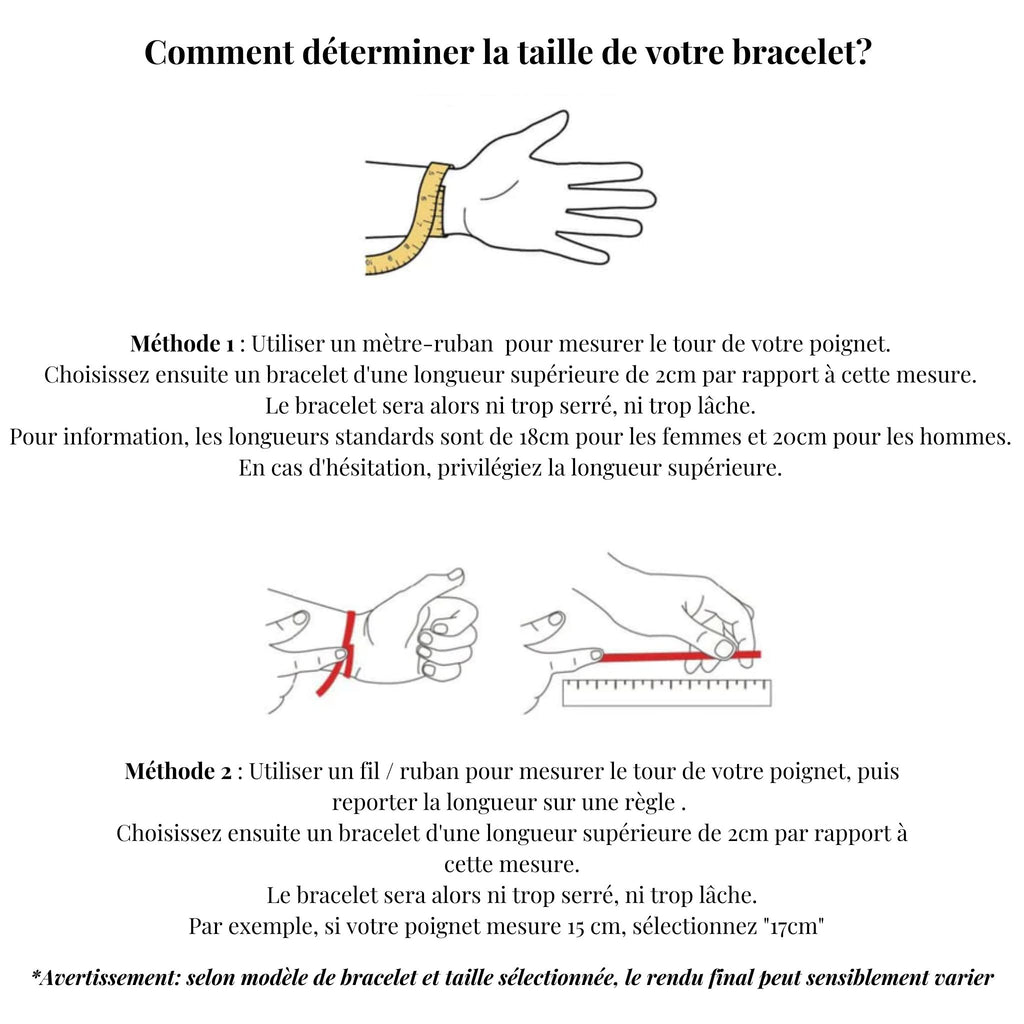Yoga postures of the third eye chakra

The third eye chakra is your center of intuition and the seat of the sixth sense. The brow chakra, or Ajna in Sanskrit, is your primary manifestation center because it allows you to visualize and imagine possibilities and take full control of your reality.
Its color is dark blue or indigo, and it is located in the middle of the forehead.
When your third eye chakra is open and healthy, you begin to trust your intuition and use the power of the mind to transform your life.
The gifts of lucid dreaming, astral projection, and inner vision (clairvoyance) are granted to people whose third eye chakras are highly developed.
So what are the benefits of yoga for your third eye chakra?
Adding yoga to your daily routine is an ideal way to loosen and align all the chakras in your body.
There are many yoga postures (asanas), which can be used for individual chakras, but keep in mind that ultimately they will bring many benefits to your body as a whole.
Yoga is a great way to work on the third eye chakra, as certain physical postures (asanas) will allow you to improve the circulation of energy in your body and exert greater pressure on the forehead area.
Yoga also improves oxygen flow to your brain, as most yoga poses involve working with your breathing.
Some of my favorite yoga poses for the sixth chakra are:
Child's Pose - Balasana

Child's pose is the most important resting posture in yoga because it gives you the opportunity to take a break from your activities, close your eyes, and reconnect with your breathing.
Child's pose is an easy meditative posture that allows you to focus on the third eye chakra.
Child's pose represents the ultimate warmth and comfort of the fetal position. Your back stretches in Balasana, and it provides a supportive shield for your internal organs.
Breathing into the belly and resting the forehead on the ground calms the mind and spirit.
The half pincer - Janu Sirsasana

Although the name of the pose may seem to reveal an intention based on physical anatomy (The Half Clamp), the goal of Janu Sirasana is to turn your attention inward and make room for self- reflection.
Instead of focusing on the strength of the pose or the urge to kneel, focus on the present moment, breathe deeply, and connect to your intuition.
Janu Sirsasana can help cure minor anxiety, insomnia, sinusitis, high blood pressure, menstrual and menopausal symptoms. This is a great stretch for your hamstrings, hips, and lower back.
Downward facing dog pose | Adho Mukha Svanasana

Downward facing dog is one of the most well-known yoga poses, and it is normally performed many times during standard yoga classes.
Adho Mukha Svanasana energizes and rejuvenates the entire body, and provides benefits to all your chakras.
It deeply stretches the back, hamstrings, calves, thighs, arches and hands, and activates the core muscles.
Downward facing posture improves your concentration, increases blood flow to your brain, and gives you more mental clarity.
Cow Head and Eagle Posture | Gomukhasana Garudasana

Cow Head and Eagle Pose is a deep hip opener, which can be difficult for people with hip and shoulder tension.
It is known as a restorative posture, which gives you the opportunity to go inward to achieve complete release of all tension in your body.
Gomukhasana Garudasana clearly shows the differences between flexibility on the two sides of your body.
It encourages you to focus and work to restore balance between the left and right parts of your body.
The stork or standing pincer - Uttanasana

The standing stork or pincer (Uttanasana) is typically performed in a vinyasa-style practice, as part of the sun salutation sequence.
Uttanasana releases tension from the upper and lower back down to the hips and thighs. Since most of us sit during the day, this is a perfect way to tuck the hamstrings and stretch the legs.
The standing forward bend has the potential to calm your brain by lowering your head below your heart.
It can alleviate fatigue, headaches, anxiety, weariness and insomnia. It also gives you the opportunity to slow down, close your eyes and go inward following each of your breathing cycles.
Your Favorite Yoga Poses for the Third Eye Chakra
Now it's your turn.
- Have you tried any of the postures mentioned in this article?
- Did I forget to mention some of your favorite poses?






















